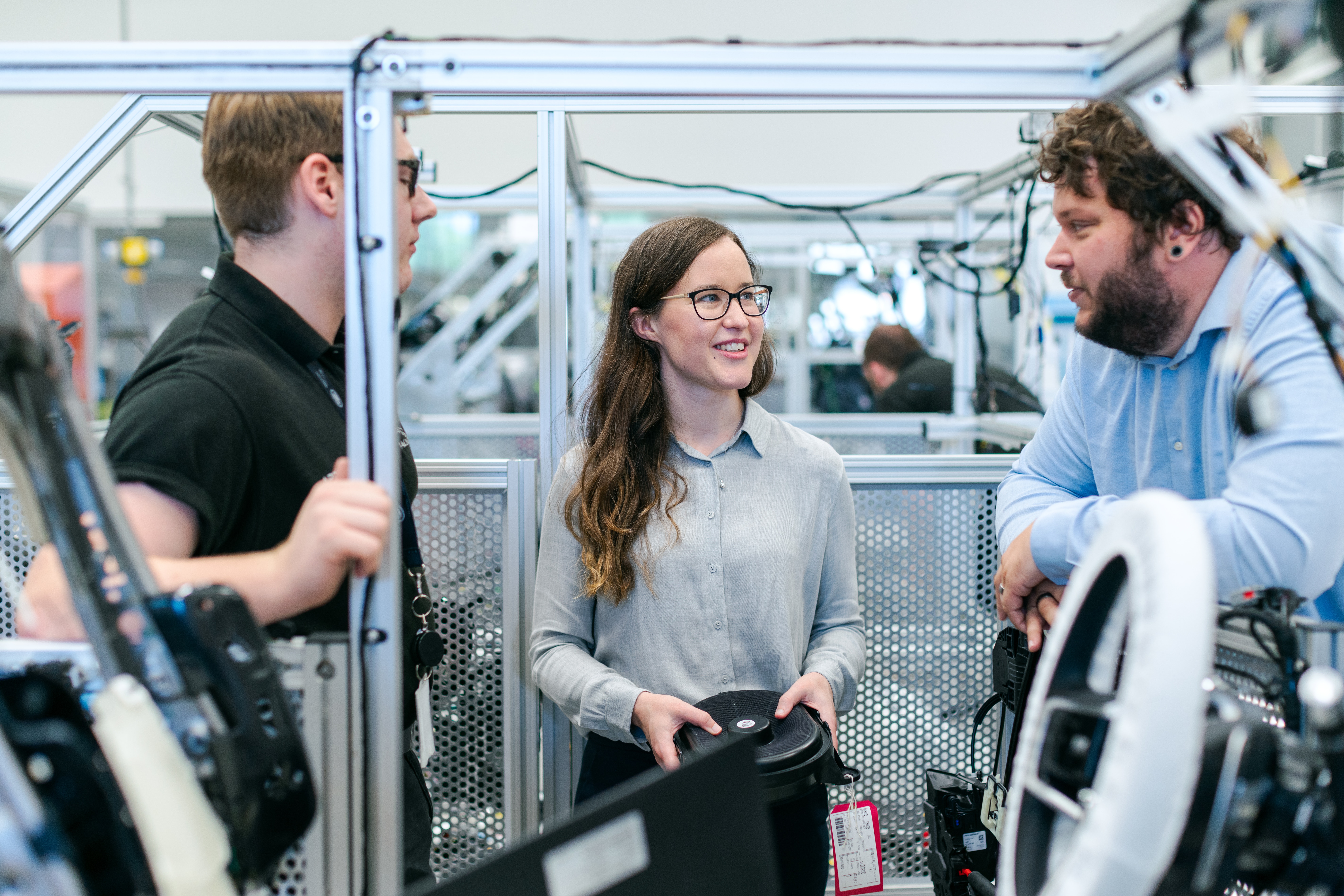
How To Increase Manufacturing Efficiency
Efficiency is beneficial to any company, regardless of the industry. In the manufacturing sector, employing various strategies to increase manufacturing efficiency means an increase in profits. Therefore, it’s mandatory to ensure steady growth in revenues as well.
So, how can you increase your business’s manufacturing efficiency?
Here are a few methods to consider:
Employee involvement
Look to your staff for answers if your process is plagued by downtime. They use the various machines and methods and know the faults and other issues hindering efficiency. They would also have suggestions to help you resolve the issue. The truth is, executives and managerial personnel usually look at the bigger picture, causing them to miss out on minor yet vital matters. Through employee involvement, you can gain better insight into how your processes can be more efficient.
Quantify everything
Every part of your manufacturing process should be assigned a point value, or better yet, a monetary value. Material costs are transparent, but to further quantify production, consider personnel hours, equipment wear and tear, and planned obsolescence. You’ll be able to tell which manufacturing areas require quick attention if you give numbers to each one.
Don’t waste anything
Waste is a broad term that includes various components such as materials, energy, person-hours, and space. Material waste is one of the most common and costly types of waste. The most excellent strategy to reduce material waste is to start with less material. Value engineering and design for manufacturability (DFM) are two techniques that can dramatically boost yield.
Can those tooltips be sharpened and reused rather than being thrown away?
Every piece of discarded material is an opportunity to increase manufacturing efficiency. For example, you can use poly tanks to store water and reduce wastage.
Boost your supply chain
Take a thorough look at your supplier while quantifying your production process. Then, reward those who consistently provide you with better materials, parts, or tools by giving them a larger share of your business.
Another area where quantifying comes in handy in determining the actual cost of input: the sticker price is rarely an accurate indicator of the underlying input cost. You may also discover that customer service attitudes differ significantly among suppliers. Working with suppliers who put the client first is suggested for maximum manufacturing efficiency.
If something goes wrong, they’ll be considerably quicker to respond and far more ready to remedy the situation on their end while minimizing your losses.
Enhance workplace training
There’s no alternative for hands-on experience in the real world. Train your personnel on numerous procedures so that they can troubleshoot, substitute, and provide respite during repetitive tasks. Additionally, if everyone on the factory floor understands the entire process from beginning to end, they will have a more excellent knowledge of their duties within it.
Perform tasks consistently
Each may have a specific way of completing tasks. However, there isn’t much place for individuality in the manufacturing sector. To increase manufacturing efficiency, even the simplest tasks should become systemized. Make a checklist and keep it in each of your workspaces. Then, make sure that every employee that works in that place adheres to the checklist. This easy action can help you save time and money by reducing downtime and improving overall product quality.






